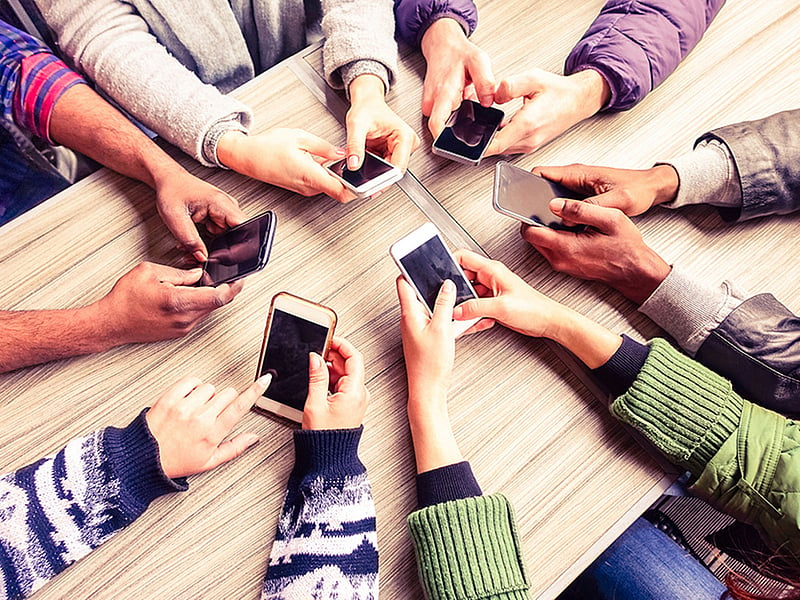“A digital minimalism practice is about being in conscious control of your technology and how much attention you allow it to ask of you.” That statement took me to another level of thinking.
Most of us are usually glued to our phones at night — scrolling X, watching YouTube, you name it. Recently, I forced myself to go screen-free after 7pm. Just books, a notebook, and some music on an old speaker. At first, I was twitchy, reaching for my phone out of habit. But by 9pm, I was deep into a novel and jotting down random thoughts. It felt like I had reclaimed my brain for a while. I’m not ready to ditch technology completely, but it was a refreshing reset.
Does this add value to my mental wellness? I believe it does.
Why digital minimalism matters
We need digital minimalism because technology, while useful, often overwhelms us with constant notifications, endless scrolling, and digital clutter that eat away at our time and attention. Without noticing, many of us spend hours each day on our devices, leaving us distracted, stressed, and less connected to the real world.
Digital minimalism helps cut through the noise, focus on what truly matters, and use technology with purpose instead of habit. By doing so, we gain more peace, better focus, and stronger relationships in both our personal and professional lives.
Where to begin
To practice digital minimalism, start by being intentional with how you use technology. Remove apps that don’t add real value to your life. Turn off unnecessary notifications that constantly pull at your attention, and ensure apps don’t have blanket access to your contacts, microphone, or camera.
Set clear limits on screen time, such as checking social media or email only at certain hours. Replace some online habits with offline activities like reading, exercising, or spending time with loved ones. Most importantly, pause before reaching for your devices and ask: does this activity support my goals, or am I just filling time? That simple question helps you use technology with purpose rather than by default.
What values does it build?
The benefits of digital minimalism are both practical and emotional. By cutting down unnecessary screen time, you free up more hours to focus on meaningful work, hobbies, and relationships. With fewer distractions, concentration and productivity improve. Stress and anxiety from constant notifications and digital noise diminish.
It also strengthens real-life connections, as being present with others becomes easier when you’re not glued to a screen. Over time, digital minimalism fosters clarity, balance, and control, helping you live more intentionally and with greater peace of mind.
The bottom line
Technology is a powerful tool — it should serve us, not control us. Digital minimalism is not about giving up phones or the internet completely. It’s about choosing carefully, using less, and focusing more on what truly matters.
By clearing out digital clutter and distractions, we create space for peace, purpose, and real connections. In a world that is always online, sometimes the best choice is to step back and live simply.
Sign up for the Daily Briefing
Get the latest news and updates straight to your inbox
Network Links
GN StoreDownload our app
© Al Nisr Publishing LLC 2025. All rights reserved.
